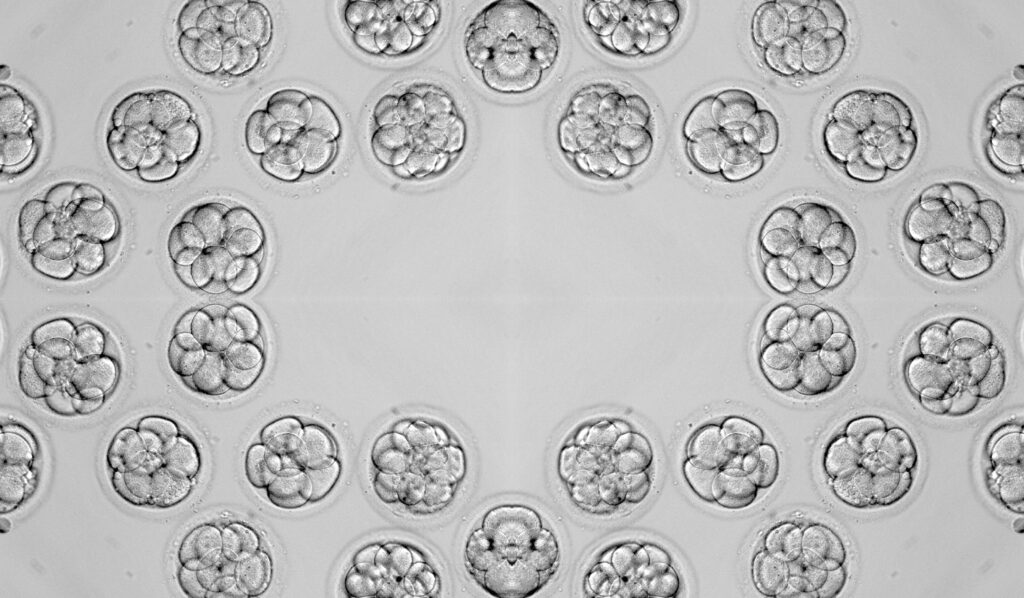
In her ongoing research at the Sanford Center for Regenerative Medicine, Reproductive Partners–San Diego fertility expert Heidi Cook-Andersen, M.D., Ph.D. uses mouse eggs as a model to examine the subtle molecular factors that influence egg quality in order to gain a more in-depth understanding of what is required for eggs to ultimately result in good quality embryos with a more reliable chance of successful implantation.
During the IVF process, fertility experts select embryos that they believe will have the best chance of resulting in successful implantation. However, reliable predictors of implantation success are still elusive because there is currently no effective way to measure egg quality before fertilization. IVF specialists understand the factors that indicate a potentially successful embryo, but there is currently no available test for egg quality.
“Unfortunately, our understanding is greatly limited if we are only able to assess the quality of an egg by simple observation under a microscope,” Dr. Cook-Andersen explains. “We must take a closer look on the molecular level to understand what is required to make a good egg. Good quality eggs make good quality embryos, so understanding the molecular basis of egg quality is the key that will allow us to make meaningful advances in our protocols to optimize embryo implantation and IVF success rates.”
Dr. Cook-Andersen maintains that it’s an exciting time to be part of this research, which is the culmination of her education and experience in Molecular Biophysics, Biochemistry and Reproductive Endocrinology & Infertility. “We are bringing cutting-edge technologies to the clinic and overcoming hurdles that have existed for decades because we needed tools to address these questions that simply have not existed until now,” she points out.
Though she continues to uncover clues that indicate the level of egg quality, full understanding is still just beyond the horizon. Until then, fertility experts rely on a visual assessment, reviewing eggs under a microscope to look for round shells (zona) which possess a uniform thickness and encase the egg inside perfectly. Eggs with distorted zona or grainy ooplasm (the cytoplasm within the egg) are considered poor quality and would not be good candidates for fertilization.
While there is no available test to determine egg quality while still inside the ovaries, fertility experts agree that factors like genetics, hormonal imbalances and environmental influence can have an impact on egg quality in women of any age.
Though Dr. Cook-Andersen is uncovering these insights at Sanford Center for Regenerative Medicine in La Jolla, her ultimate objective is to bring these advancements to IVF patients at Reproductive Partners–San Diego and to the reproductive field as a whole. She concludes by saying, “We are on the verge of making some very important long-term gains in the field as we get closer to understanding the role egg quality plays in the big picture of fertility.”
Dr. Cook-Andersen plans to discuss her research findings at the 72nd Annual Meeting of the American Society for Reproductive Medicine (ASRM), held in Salt Lake City, UT in October 2016.
Our skilled fertility specialists are here to help. Contact us today and let’s discuss the next phase of your fertility journey.